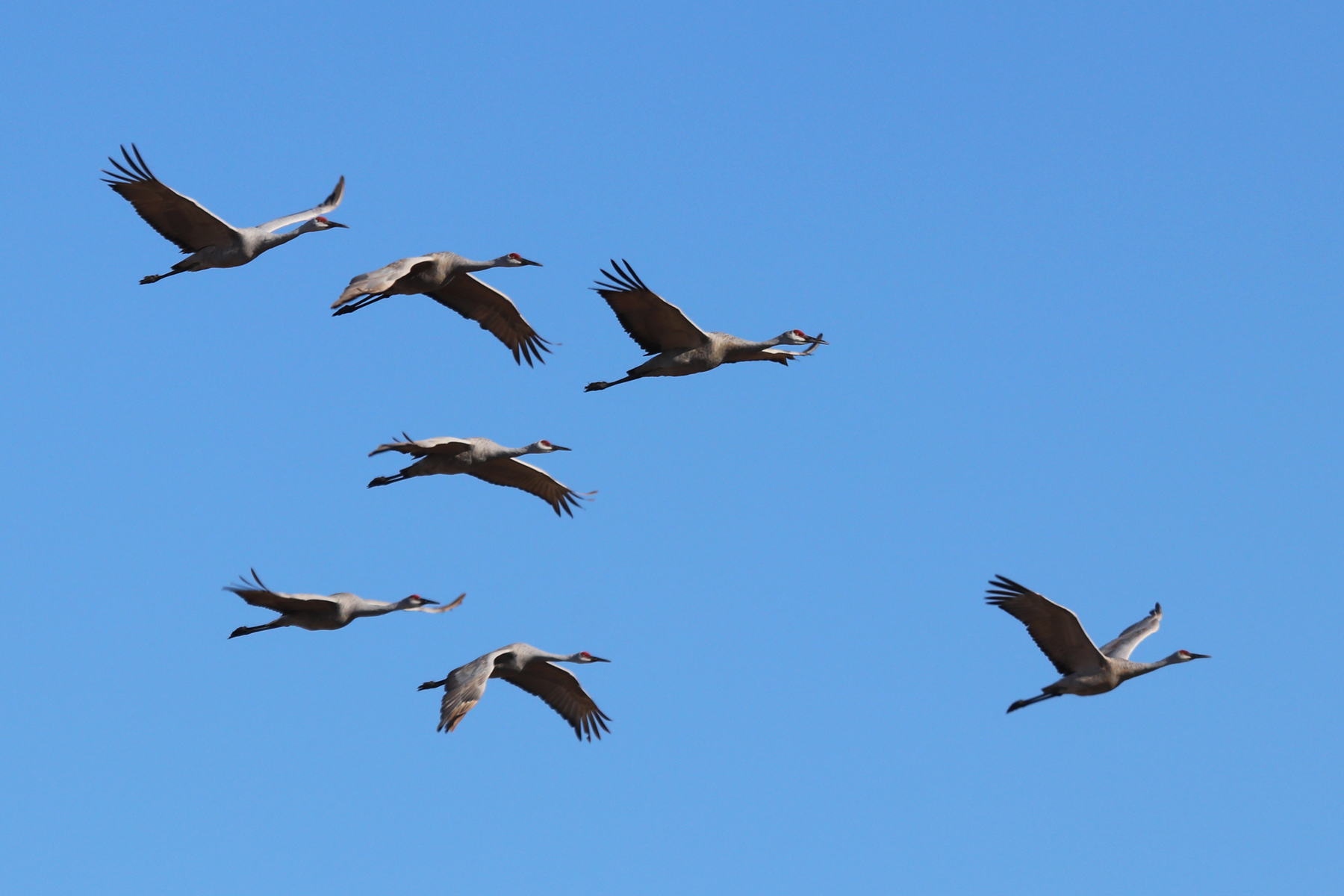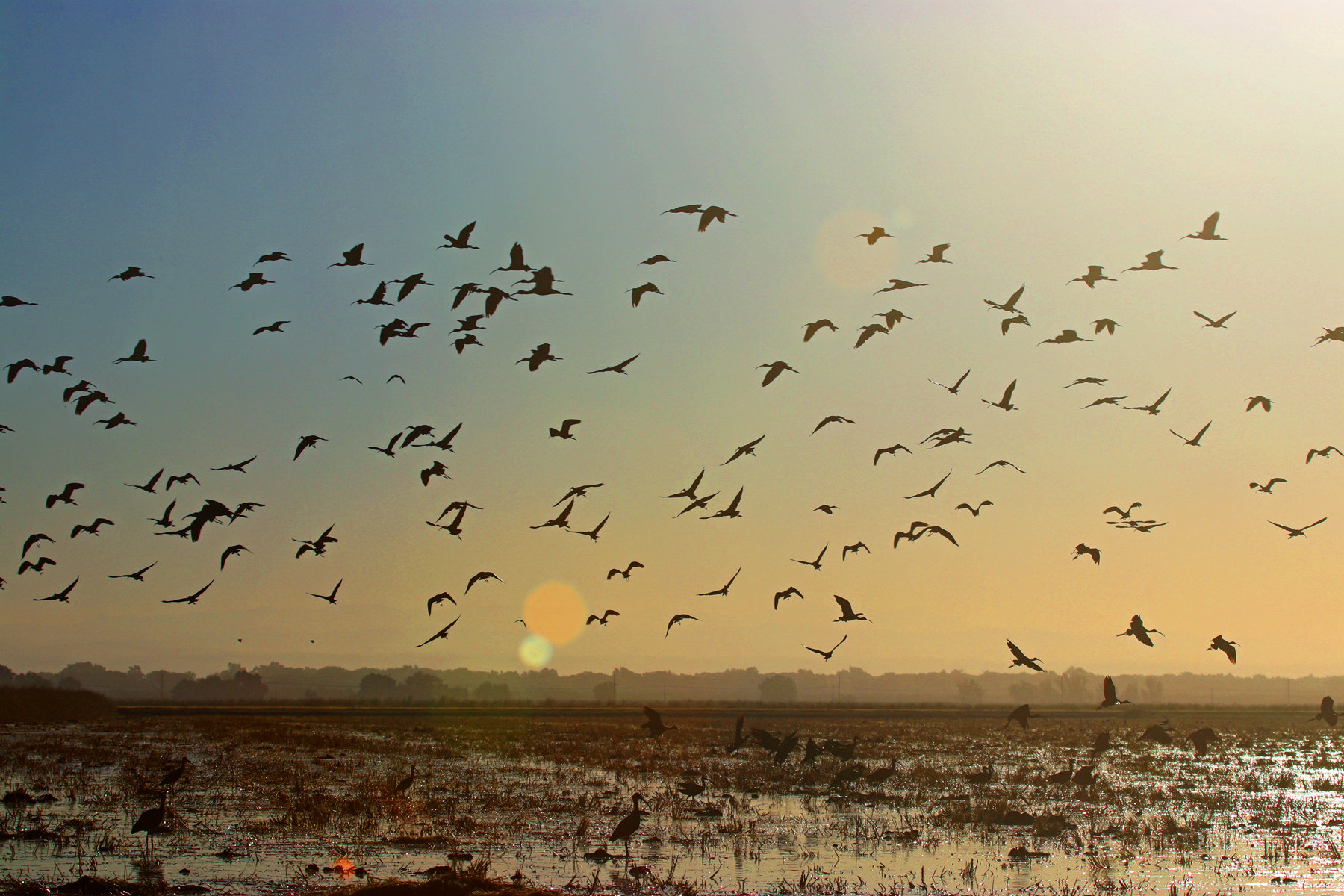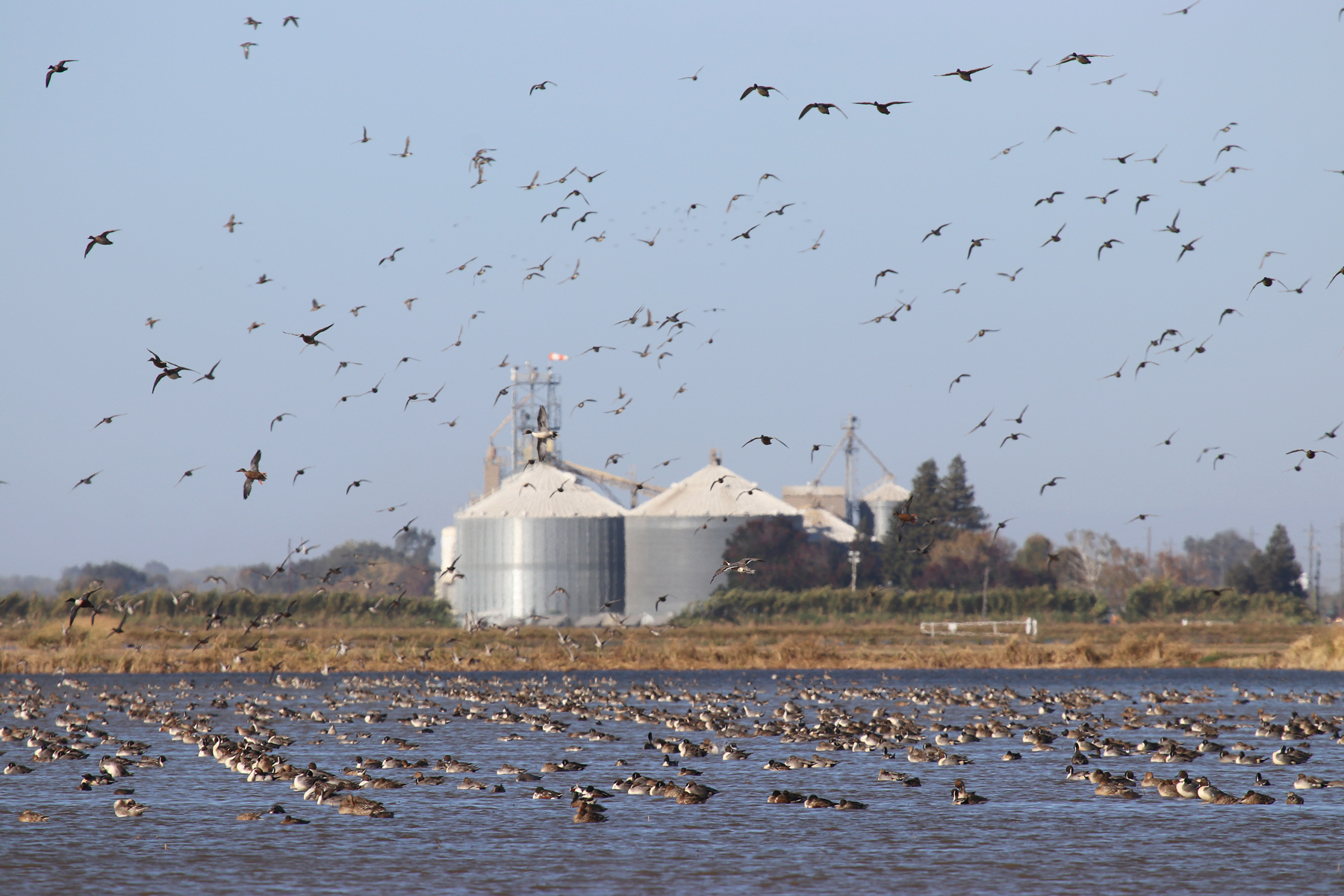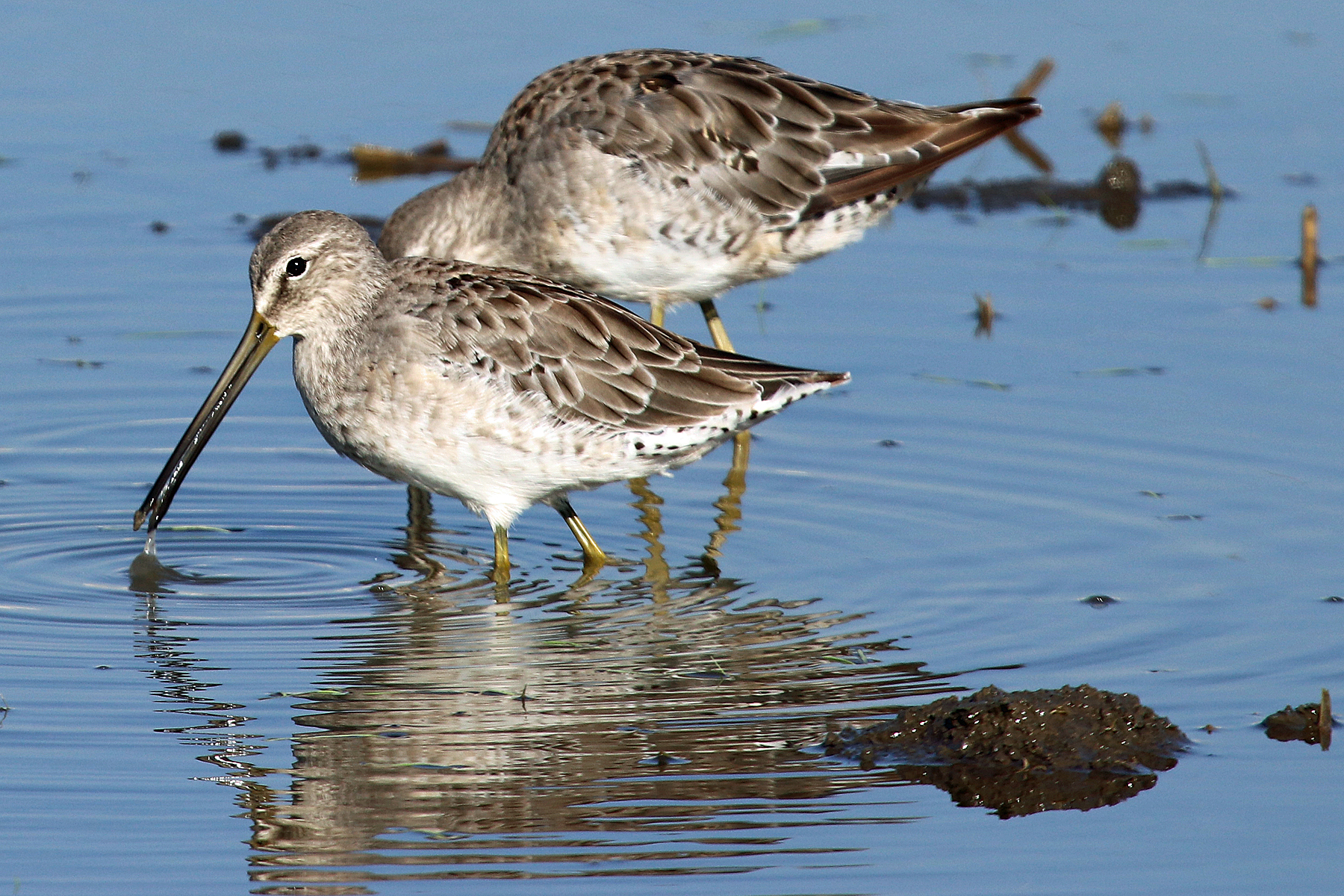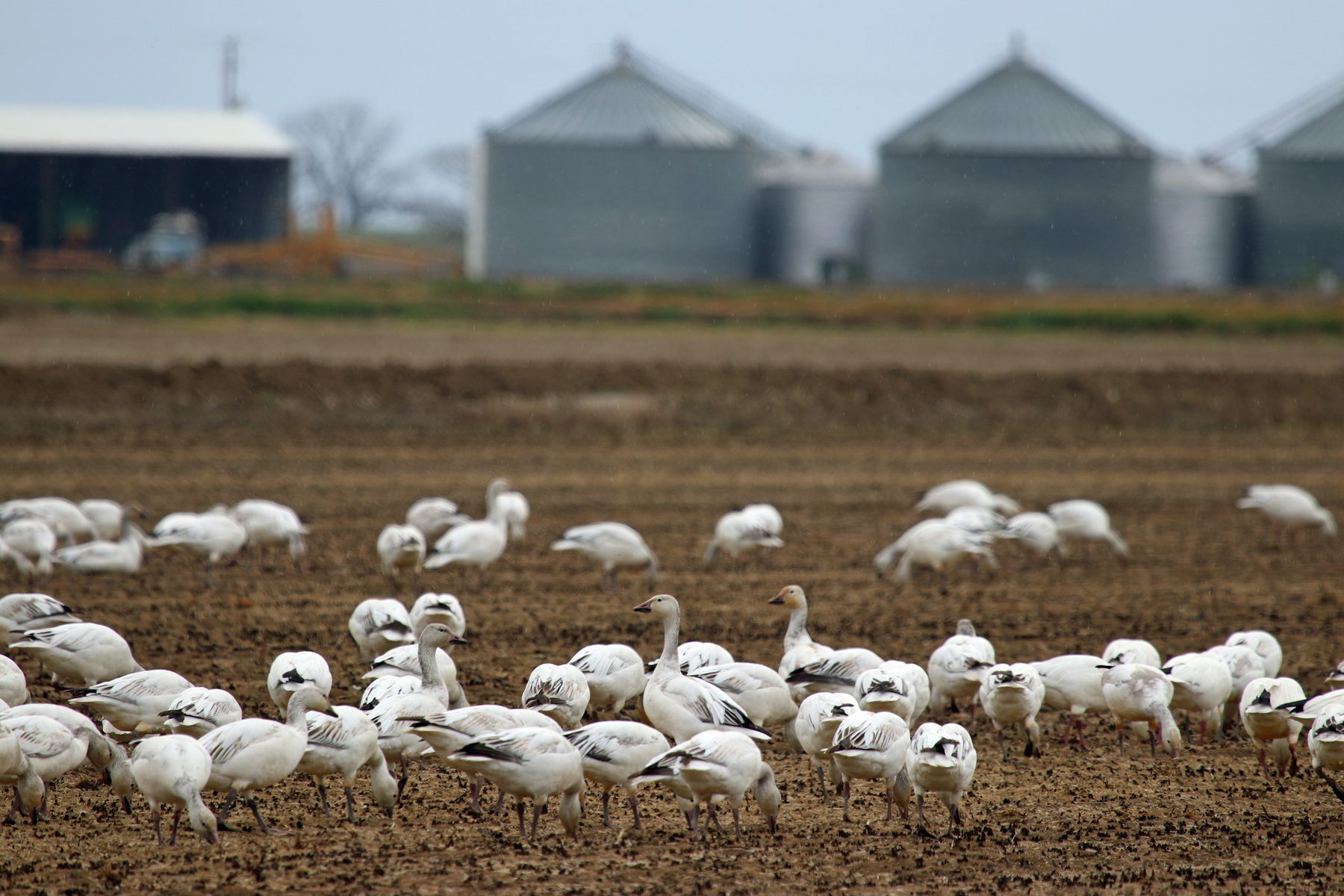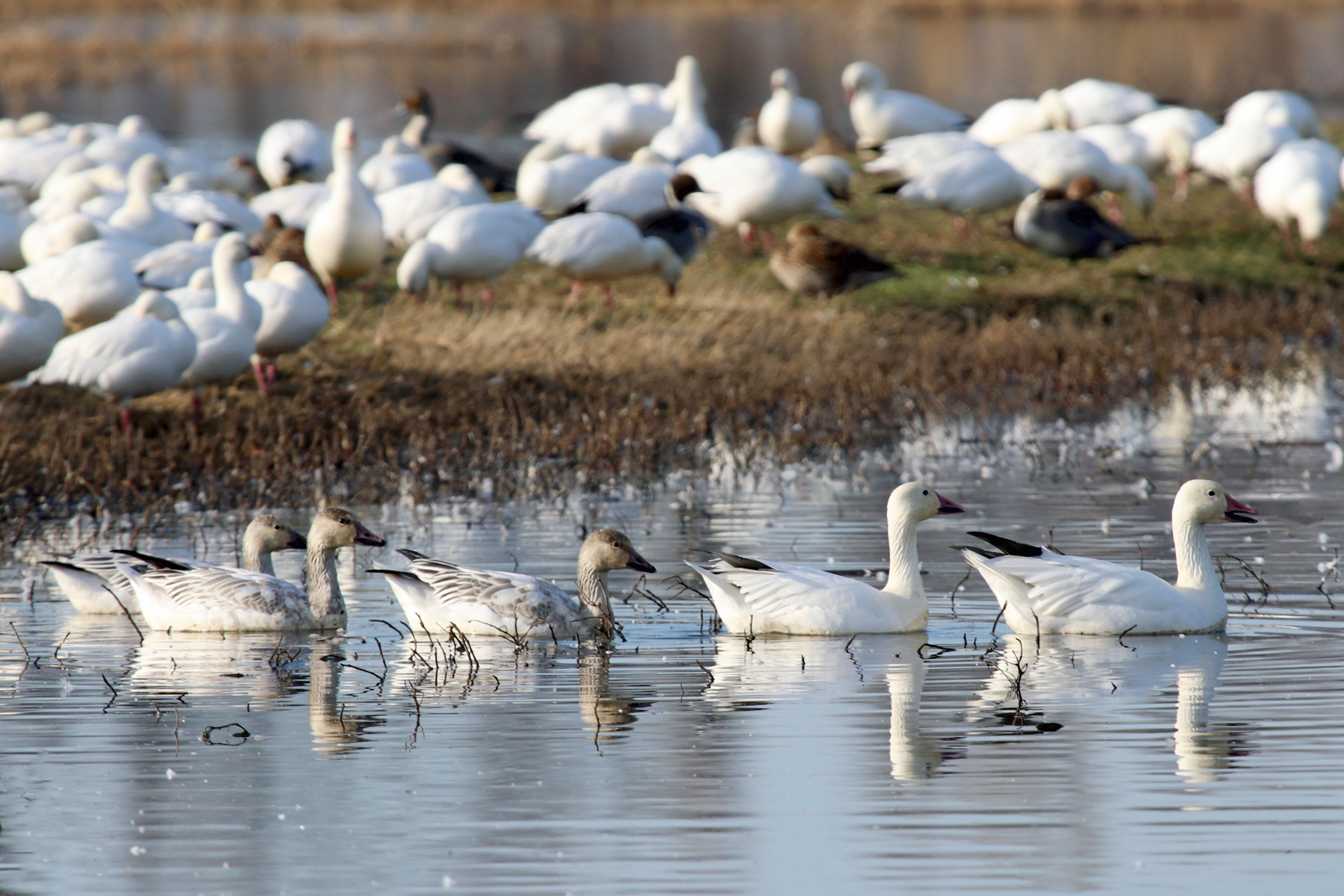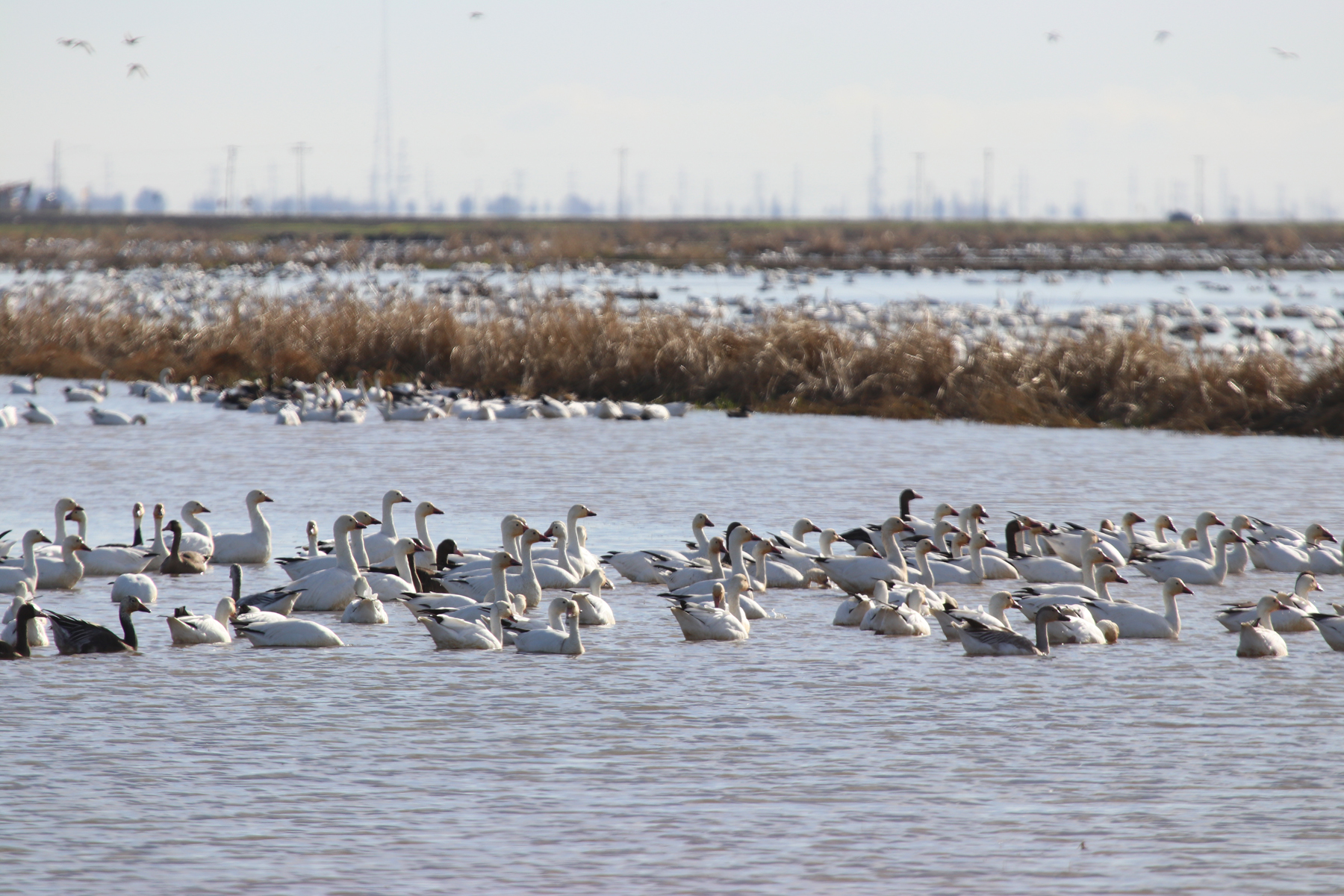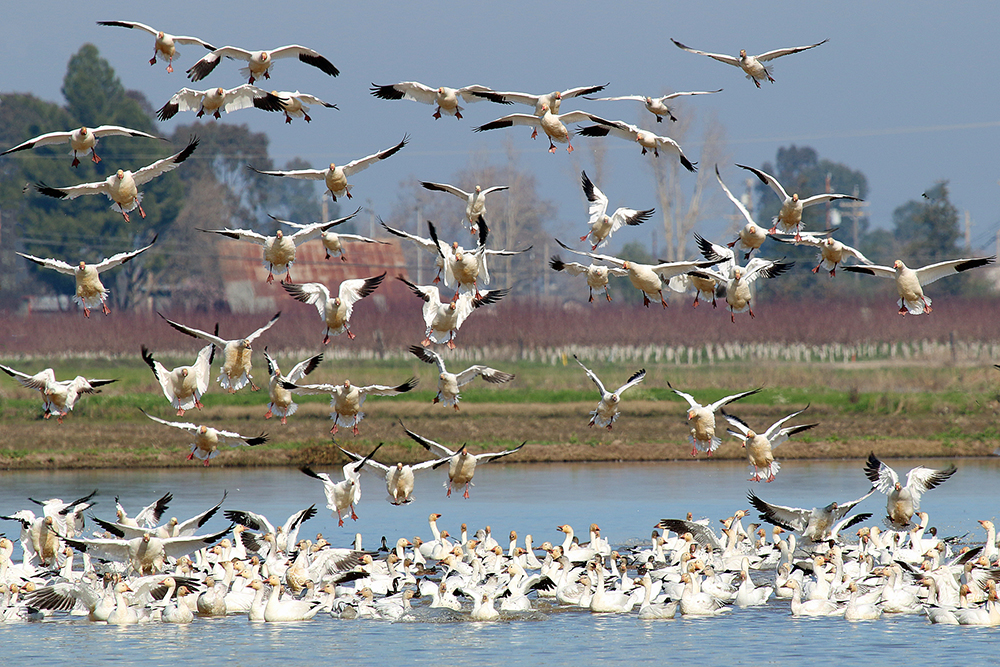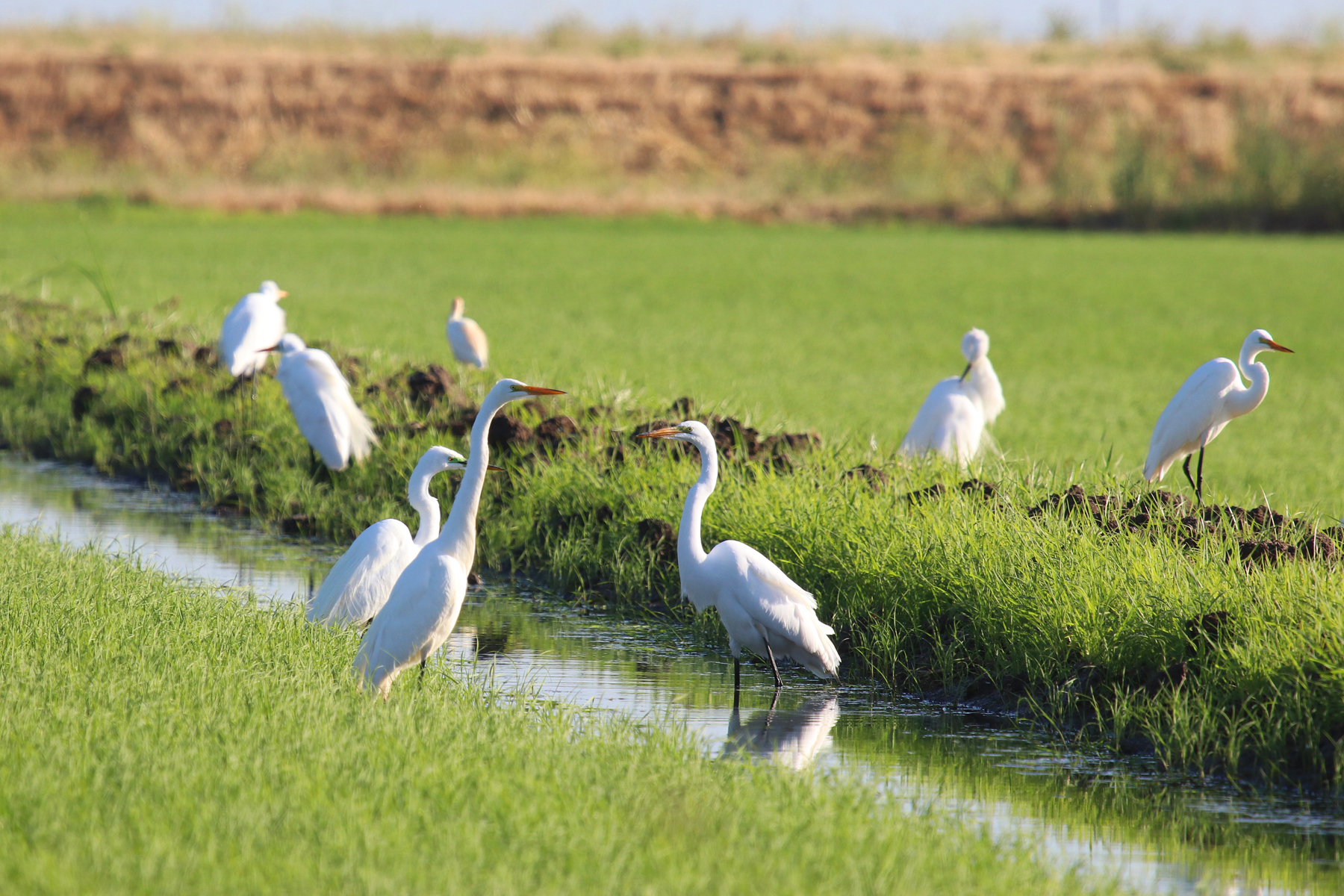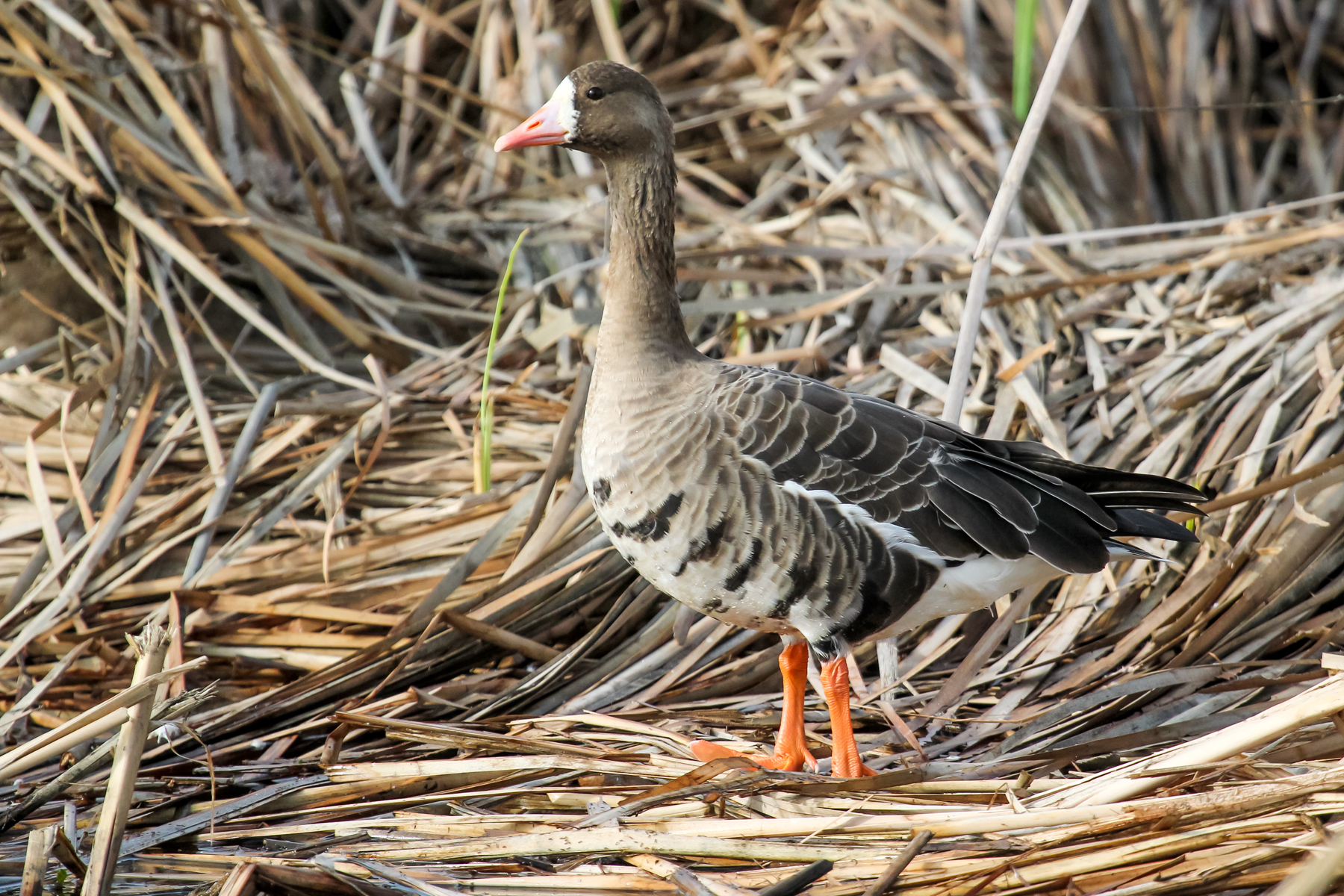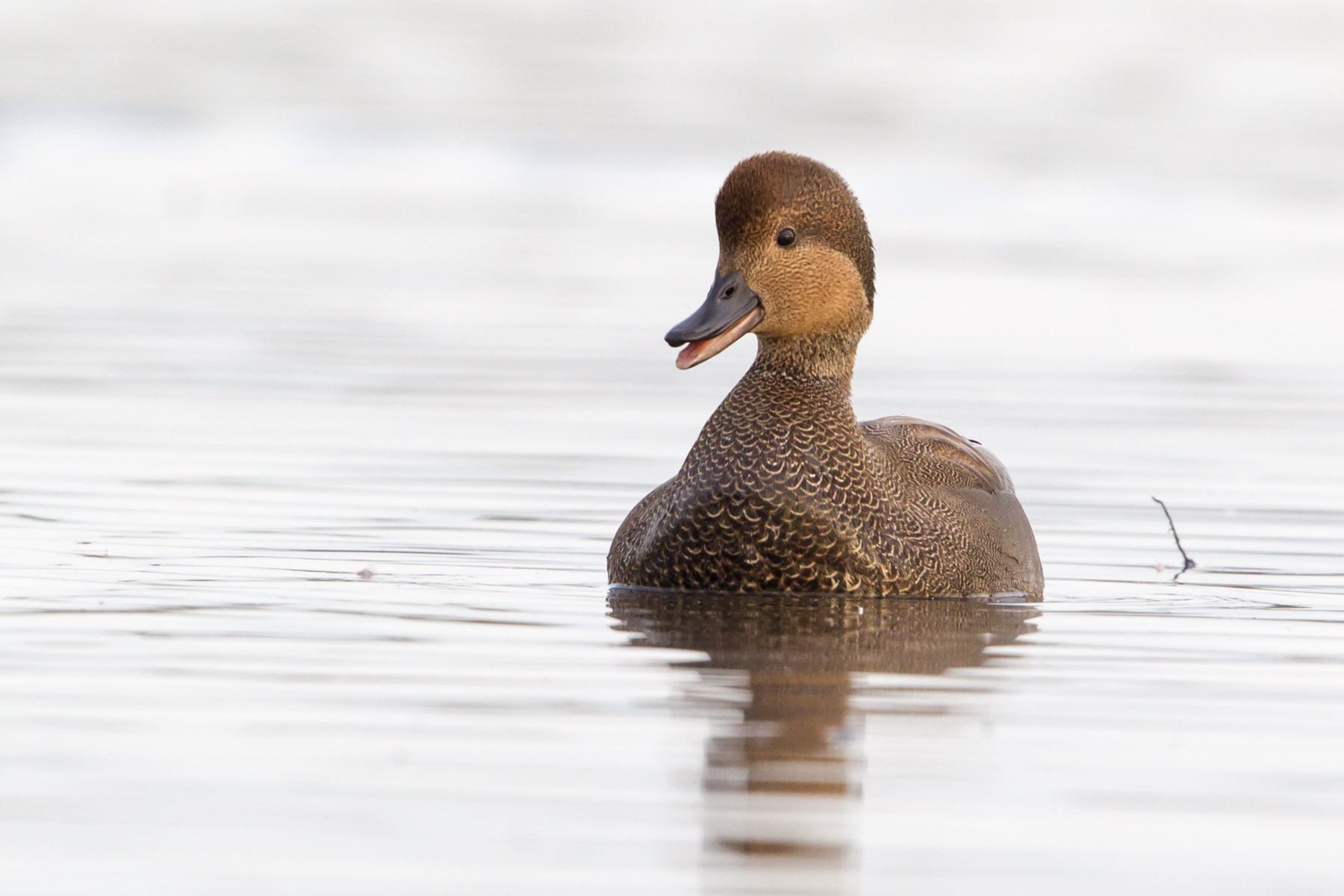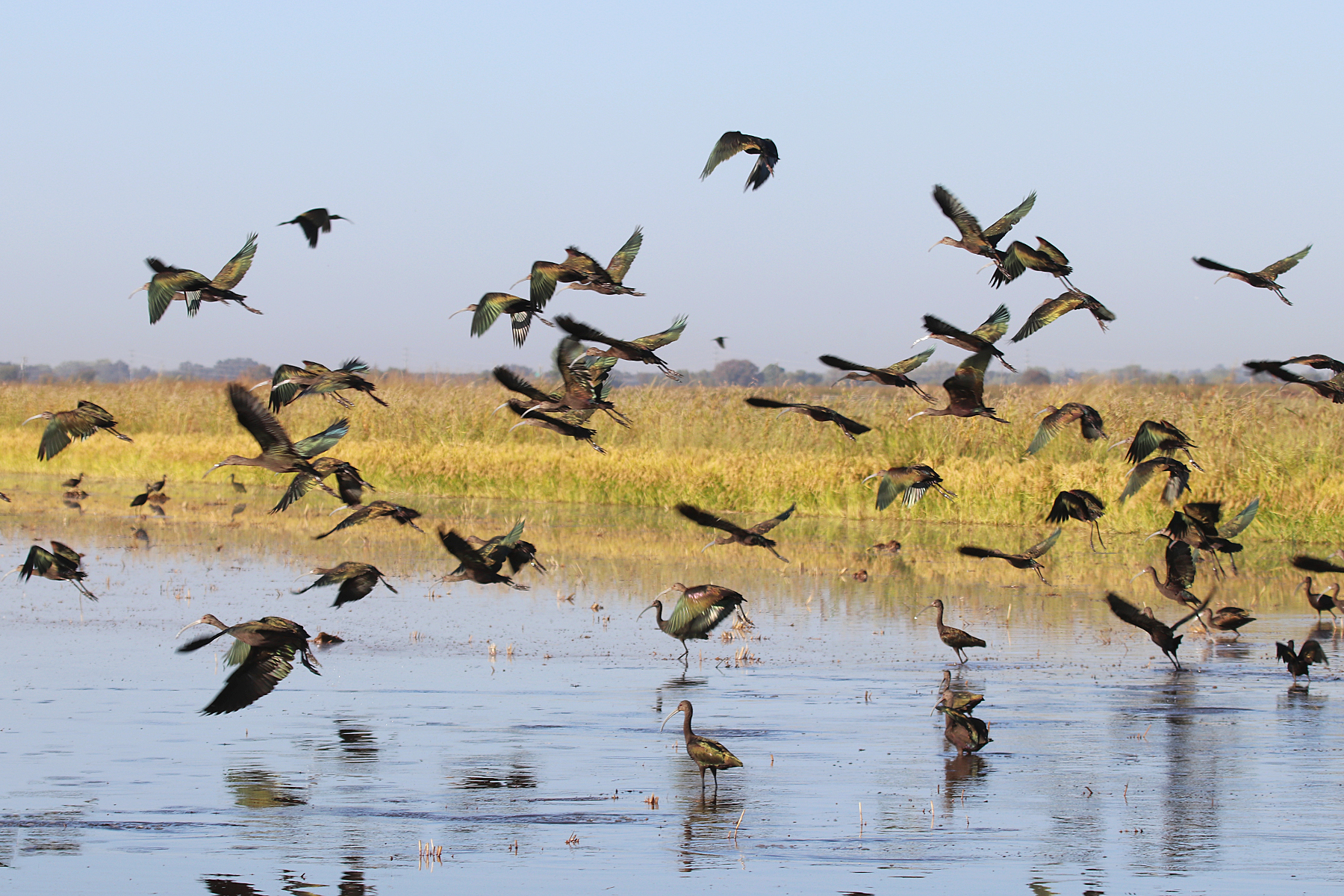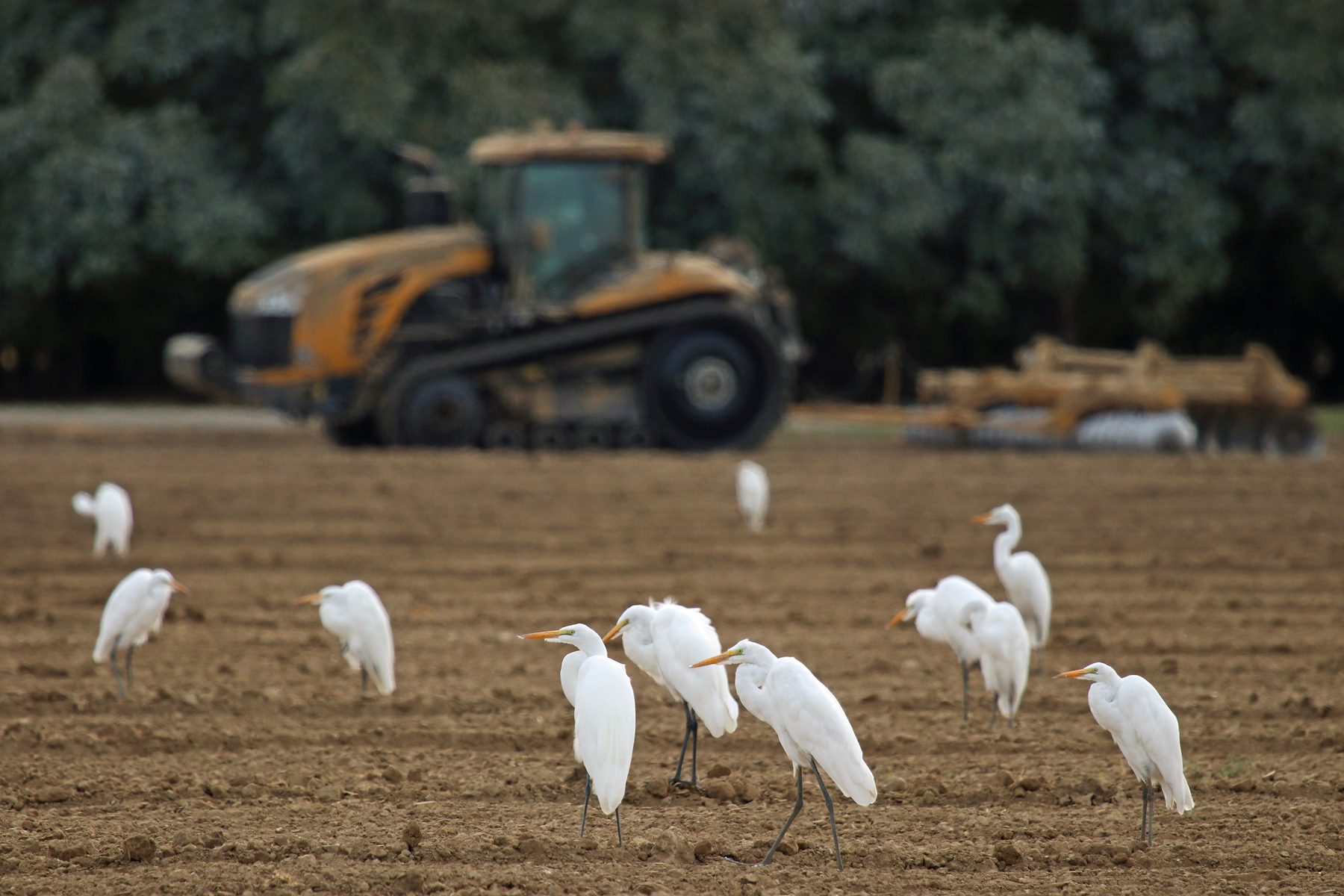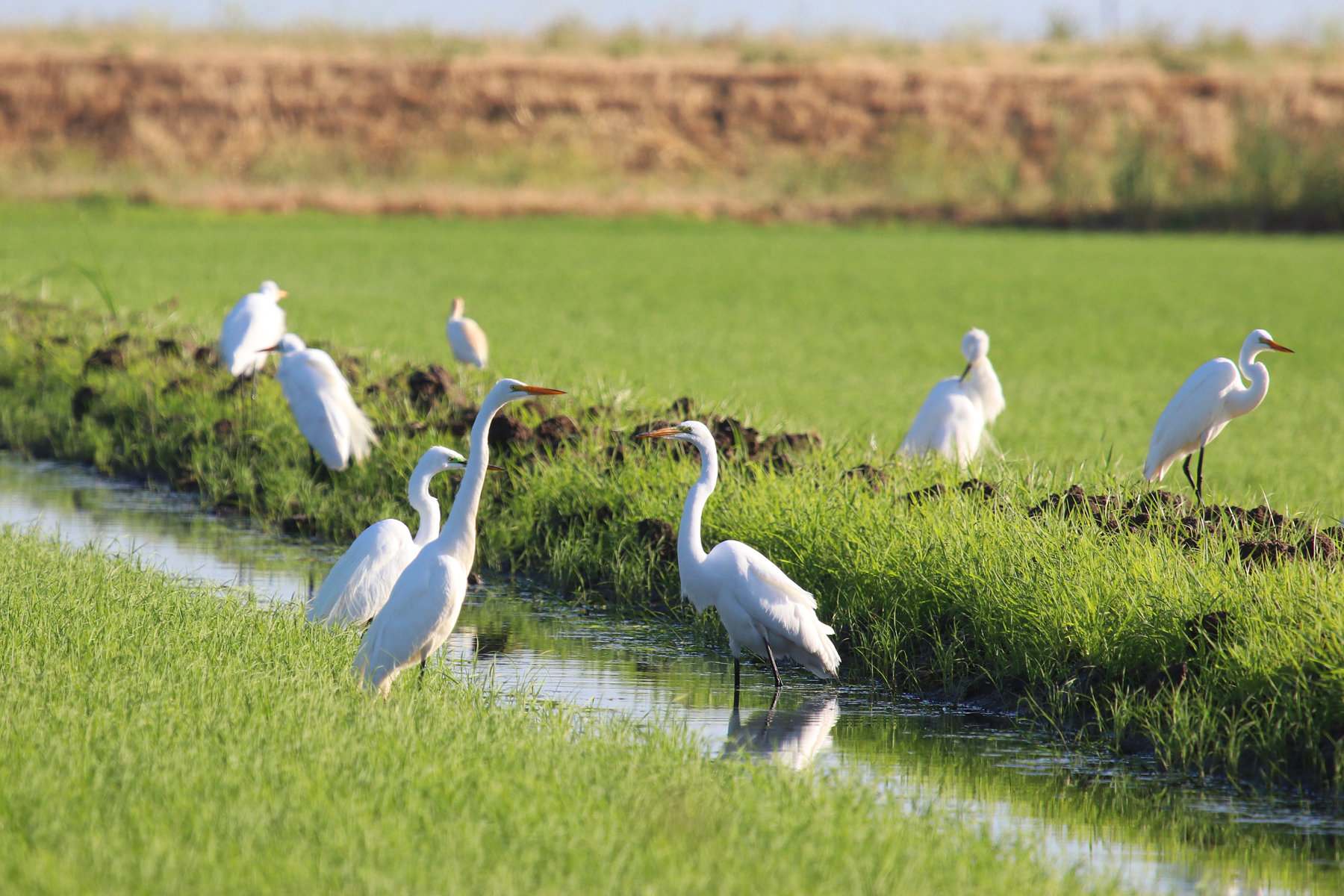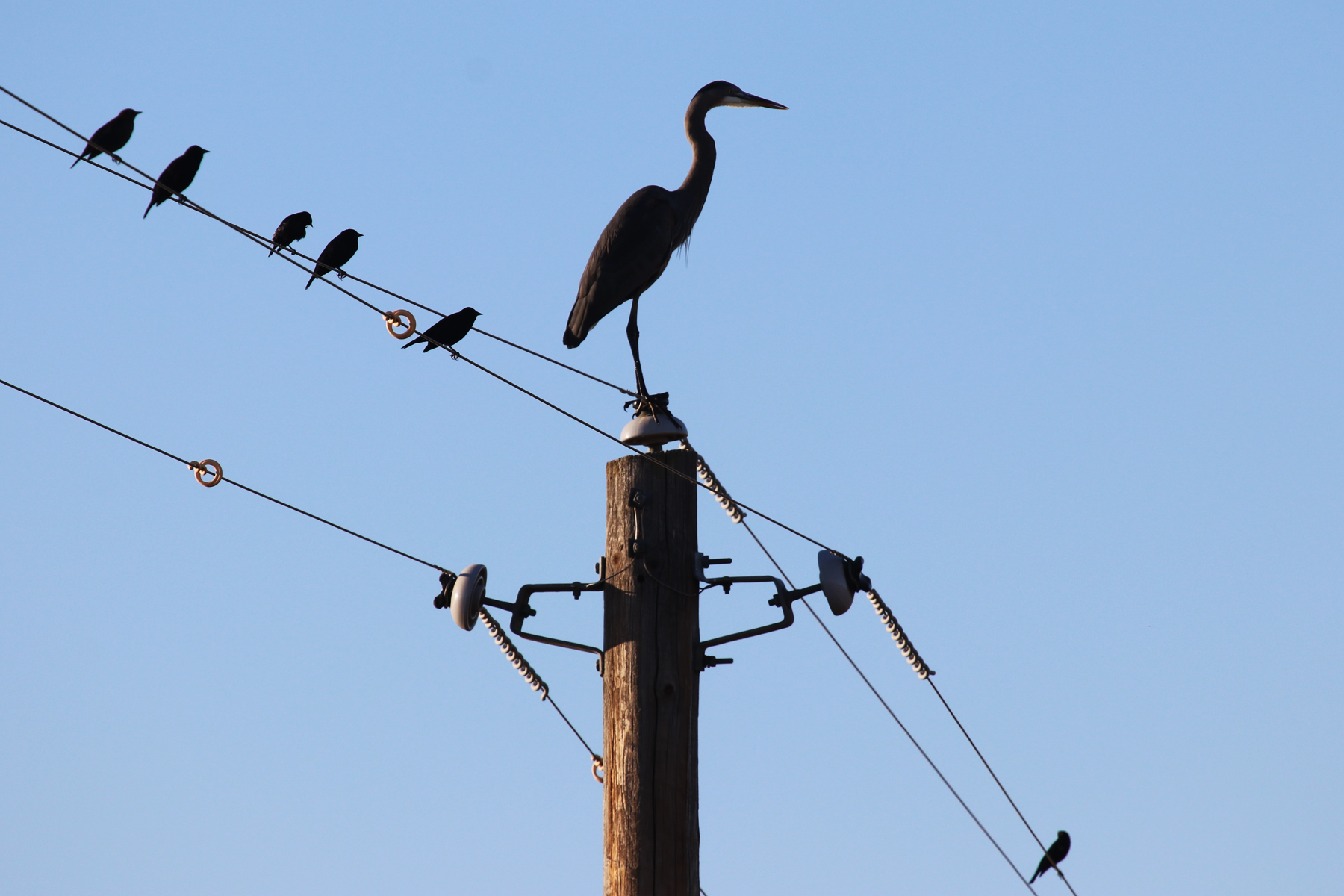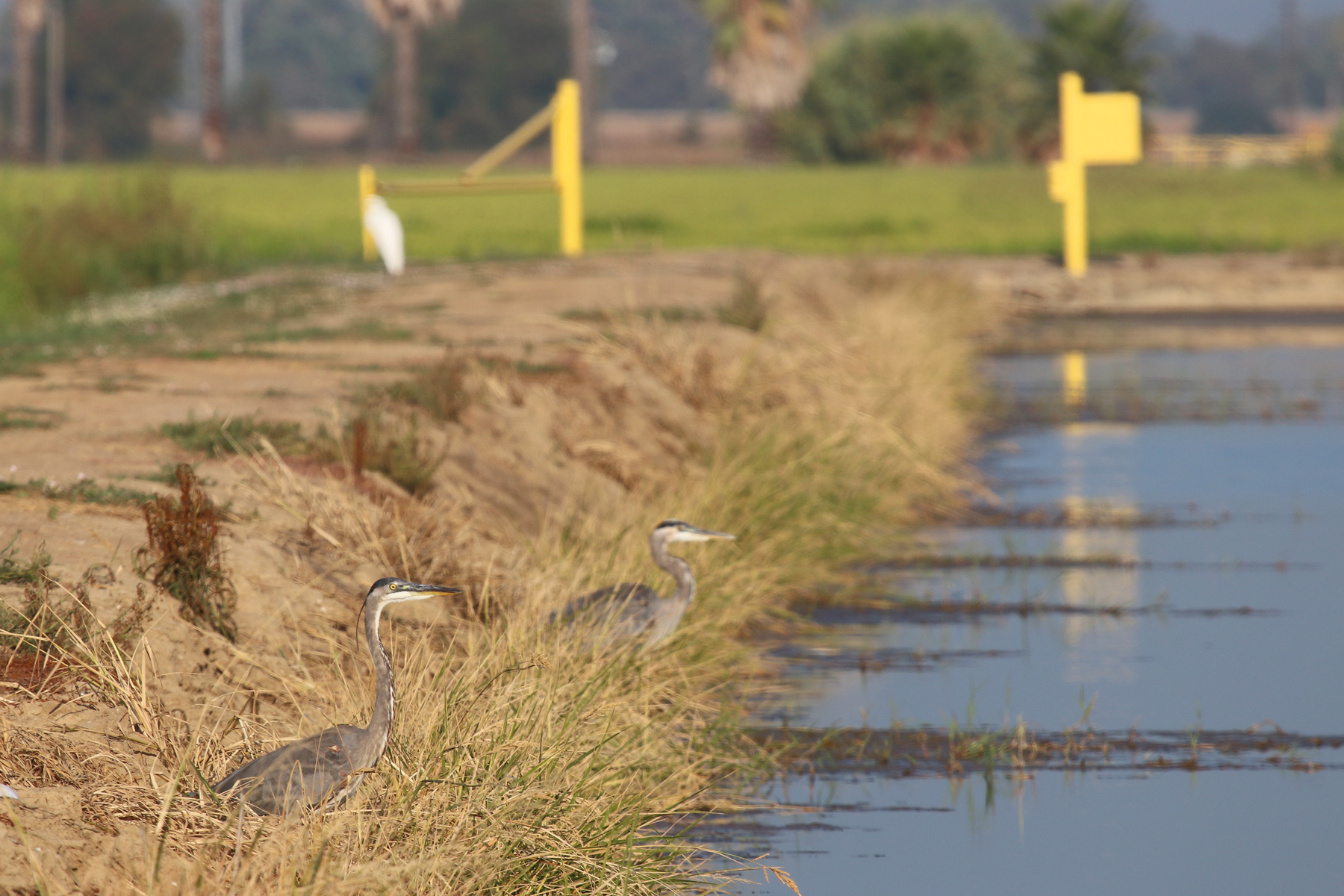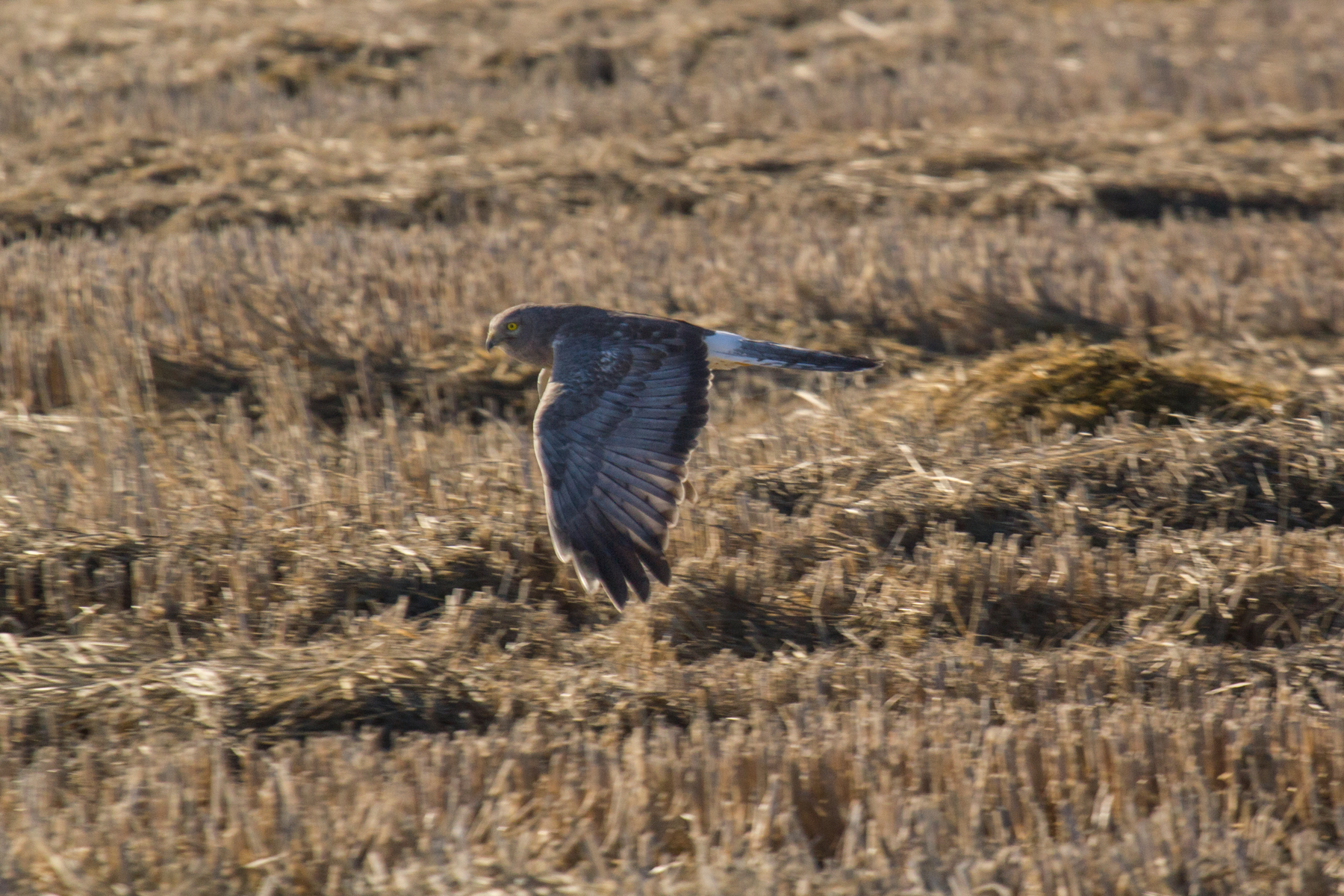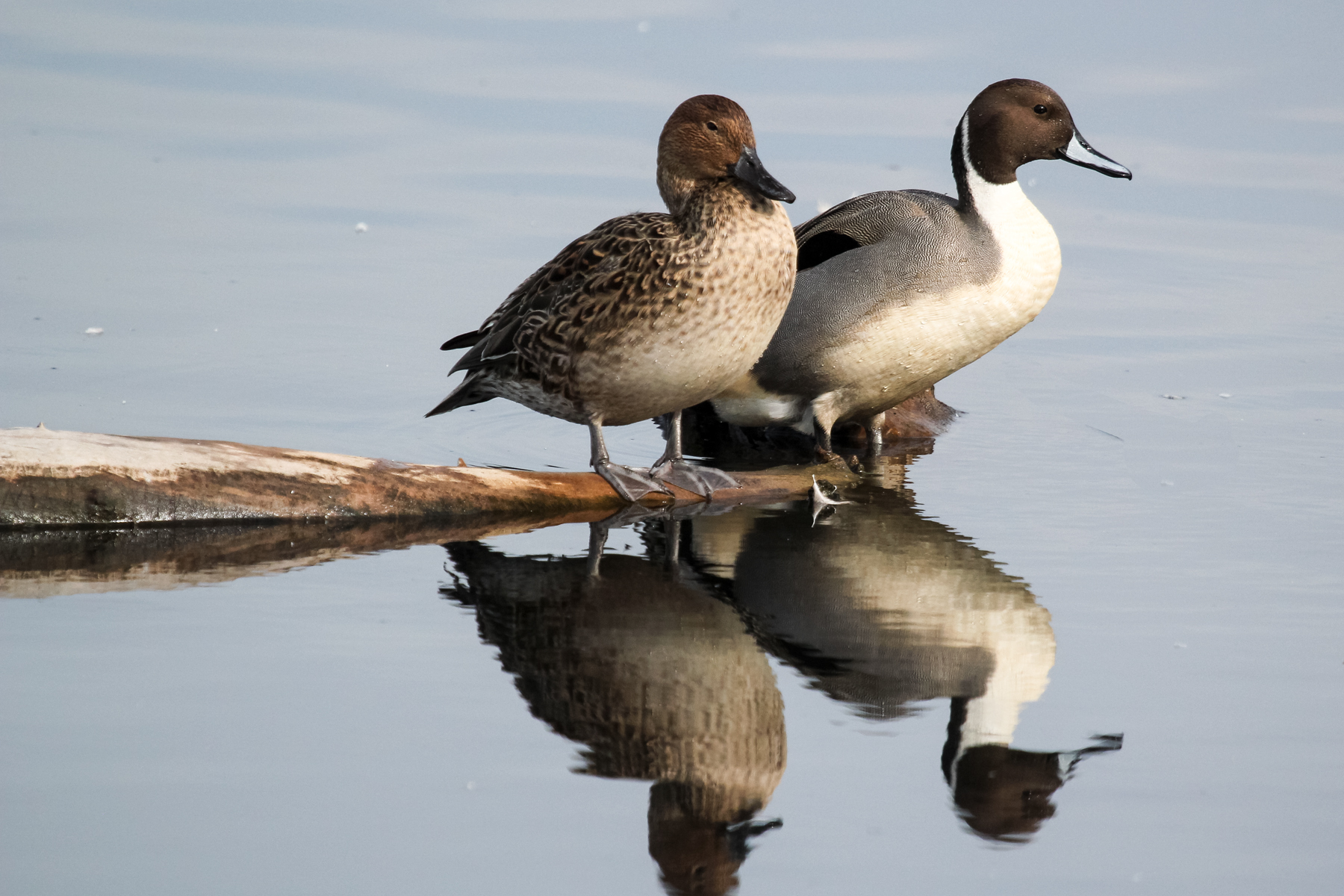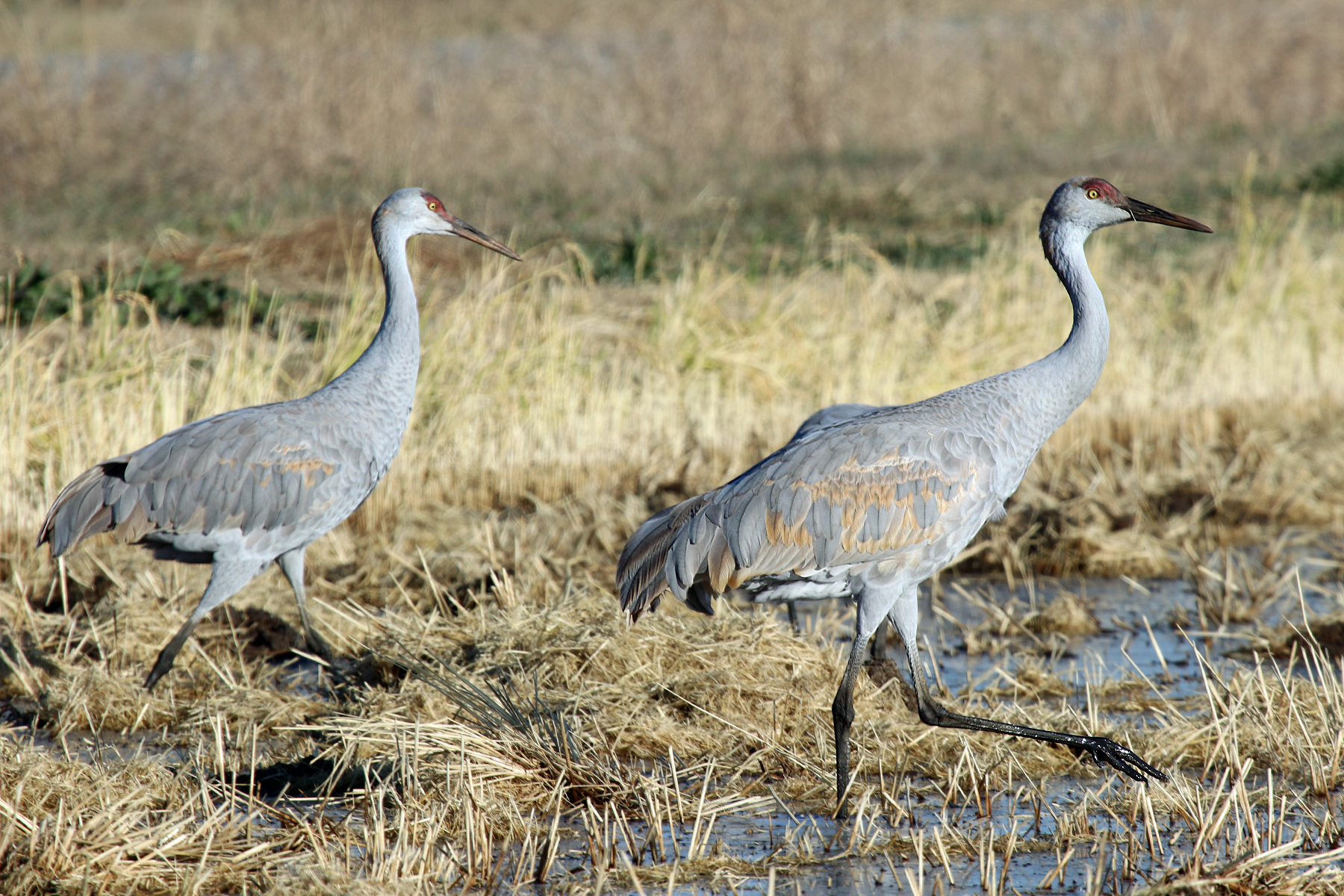Pacific Flyway habitat, land use and water supply goals are established by the Central Valley Joint Venture, which develops and periodically updates those goals in its Implementation Plan.
The Pacific Flyway is reliant upon adequate year-round water supplies and appropriate land uses. The links below provide more detailed information of the role these resources play, in concert, to provide habitat for the species using the Flyway.
Central Valley Joint Venture
The habitat goals for the Pacific Flyway in the Central Valley are compiled in Central Valley Joint Venture Implementation Plan, which was published in 2006. These goals include water supply needs for the different basins located in the Central Valley, as well as conservation objectives for the six bird groups identified in the Plan (wintering waterfowl, breeding waterfowl, wintering shorebirds, breeding shorebirds, waterbirds, and riparian songbirds). These conservation objectives are also integrated in the plan to provide overall acreage and water supply objectives for seasonal wetland restoration, seasonal wetland enhancement, semi-permanent wetland restoration, riparian restoration, winter flooded rice, waterfowl-friendly agriculture, and agricultural easements (2006 Implementation Plan, pp. 239-252).
Water
The Pacific Flyway habitat contained in the Sacramento Valley is reliant upon the ability of Sacramento Valley water districts and companies to divert and deliver surface water year-round in accordance with their contracts and water rights. According to the Central Valley Joint Venture, the combined winter water needs of flooded rice and wetlands in the Sacramento Valley is almost 1.1 million acre-feet per year. Currently, the region is experiencing a tenuous balance, providing just enough food for the waterfowl and other birds traveling to the Sacramento Valley in the winter months. Redirecting water to other areas would result in less acres of habitat by shifting the balance, leaving the birds without adequate food.
Land
The Sacramento Valley’s game refuges, rice fields, other wetlands, and agricultural properties provide exceptional habitat for wildlife, especially migratory waterfowl, shorebirds, waterbirds, and riparian songbirds. In total, these lands provide habitat for over 230 species of wildlife, including several listed species under the federal Endangered Species Act and the California Endangered Species Act.
Rice
Where fields are flooded, as is the case on wildlife refuges and winter flooded rice fields, large numbers of geese, ducks, swans, and other waterfowl, as well as wintering shorebirds, can be observed. Waterfowl arriving in the Central Valley during annual migrations require a diet rich in carbohydrates. Agricultural crops are preferred by the many species of waterfowl because they are widespread, easily accessible, and provide the needed high levels of carbohydrates. Waterfowl also benefit greatly from the invertebrate populations that thrive in flooded fields, especially during the molt and egg-laying periods, when all species of waterfowl have increased protein requirements. These areas also provide the necessary habitat and forage for wintering and breeding shorebirds and riparian songbirds. Each year, between 500,000 and 600,000 acres of rice are planted in the Sacramento Valley, providing habitat for more than 230 species, including many birds. In a typical fall and winter, around 250,000 to 350,000 acres of this rice land is flooded, providing significant and essential habitat for Pacific Flyway waterbirds and nearly 60 percent of waterfowl food resources in the Sacramento Valley.
Refuges
The refuges in the region provide year-round habitat that compliments the efforts of landowners that also provide habitat. The National Wildlife Refuges and State Wildlife Areas provide 27,000 acres of vital Pacific Flyway habitat in the region. But, several of the refuges and wildlife areas in the Sacramento Valley are not providing their maximum habitat value because of a lack of accessible water, deficient conveyance infrastructure, or a mix of both. The link below provides an assessment of the infrastructure needs of the Central Valley refuges to maximize their potential habitat value.
Managed Wetlands
More than half of the Sacramento Valley’s wetlands are in private ownership, managed primarily for ducks and other waterfowl. These lands total more than 40,000 acres in the Valley.
Publications
- Central Valley Joint Venture
- Central Valley Joint Venture Implementation Plan
- Sacramento Valley and Waterfowl
- Centerpiece of the Pacific Flyway
- Refuge Infrastructure Needs
- Pacific Flyway Infographic
- California Rice Commission
